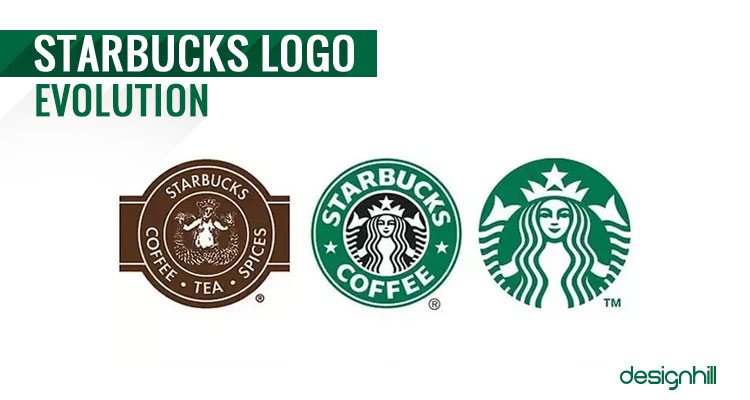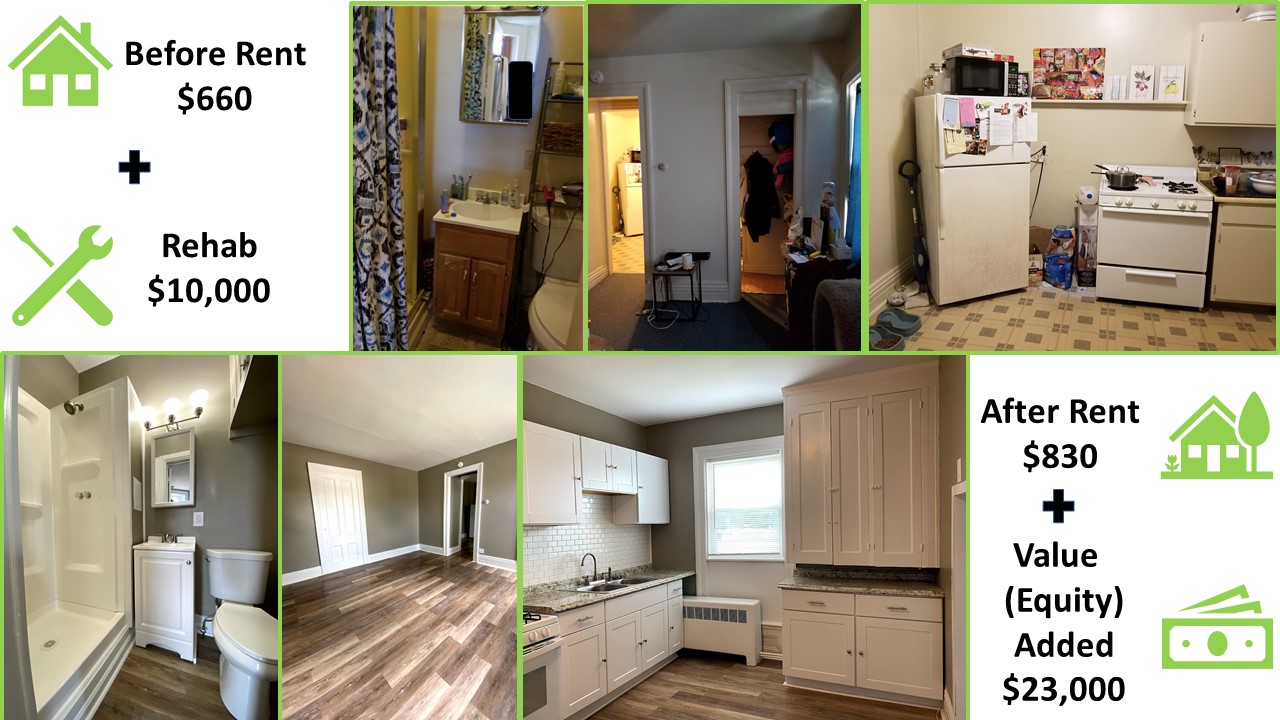
By Joe Firmin 2-minute read
Here’s what we’ll discuss:
-
What is equity?
-
Ways to create equity?
-
Example of creating equity in a Value-Add Investment
What is equity?
Def: Equity is the real market value of a property less any debt or liens on that property. If you have a house that is worth $500,000, and your mortgage balance is $300,000, you have $200,000 in equity. What if your neighbors decided to sell their houses for $450,000. Well, that’s bummer. Your market value just went to $450,000 or something around there, and your equity just went down to $150,000. Only if you decided to improve your house, add square footage, bedrooms, bathrooms, or something of value, would you have a shot at increasing your equity. Pretty simple concept, right? Well, let’s apply that adding value concept to commercial real estate, particularly to multifamily properties.
What are ways to create equity?
In commercial multifamily properties (apartments with 5 or more units in them), there are many strategies you can implement to drive rents up and expenses down.
Here are 4 examples to drive income up:
- Renovations – Classic one. Make the exterior of the building and the interior units nicer and charge more for them.
- Rebranding – Usually coupled with #1, but often overlooked. Sometimes a property attracts a type of resident because of its historical brand and image. If you can reposition it and reframe it in potential resident’s minds, then you can bring it to new heights. I mean, if it works for companies like Starbucks, well... maybe we should look at it too.

- Amenities – This includes things such as gym, pool, dog run/park/washing station, coworking space, fire pit, etc. Typically, these tend to be on-trend and change from time to time.
- Pet Fees – Many poorly managed apartment communities do not charge fees or rent for pets. This is an opportunity, pets need to pay to stay, especially given the damage they can do to a property.
- Storage - If there is unused space in the property, turn it into storage and charge for it.
Here are 5 examples to drive expenses down:
- Renovations – Yep, it’s here too. When you renovate you improve the property performance in terms or energy efficiency, plumbing, wear and tear, resident turnover, and ability to use materials and fixtures that will last and not have to be replaced every other month.
- RUBS – Ratio Utility Billing System, a way to charge residents back for utilities used.
- Renegotiate contract services – Sometimes a previous owner will have used the same guy for the same services for years and has just accepted whatever price charged for landscaping, trash, or snow removal. These can be renegotiated every year.

- Consolidate property management and obtain lower fee
- Tax Appeal Service – Hiring someone to go to bat for you to appeal the tax bill is great because they typically utilize a compensation strategy of getting paid 20-30% of what they save you in taxes.
OK, so we’ve implemented some of these strategies to increase our income or drive down our expenses. That means our bottom line, net income is now á.
Since income is up, let’s see what impacts that has on our equity.
Equity Example
This is a real-life example to illustrate. We took over a property that was renting a unit for $660/month. We spent ~$10,000, renovated the unit and found a new resident that was happy to get “a steal” at $830/month. That is $170/month increase or annually - $2,040.
We have that increase of $2,040. So what does that mean to “equity?” Well, in commercial real estate, the way properties are valued is by the going “capitalization rate” or “cap rate” for short. Essentially, the rate of return you could expect if you ran the property at current levels and financials if you paid all cash. Cap rate is also correlated with risk, so the higher the cap, the more risk in the market or asset class.
To get market value for a property then, divide the net income of a property (before debt/mortgage service payments), by the cap rate.
So if our cap rate in this market, for this asset (Class B apartment) was 9%. Then our added incremental value would be calculated like this: $2,040 / .09 = ~$23,000. We forced the property to appreciate by $23,000 – that’s awesome. The beauty of commercial real estate. See the photo for the before and after photos.
Recap
That’s the deal. You create value for others in terms of improving a property and you receive the rewards in equity and greater property value.
If you’re interested in learning more about investing in value-add investments and becoming a passive real estate investor in real estate syndications, consider joining the Freedom Network. It’s absolutely free to join with no commitment necessary, seriously. If you don’t join, we won’t be able to send you opportunities (sorry, SEC rules). So join today!
